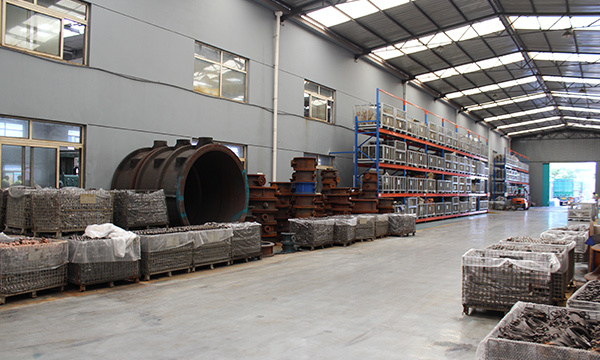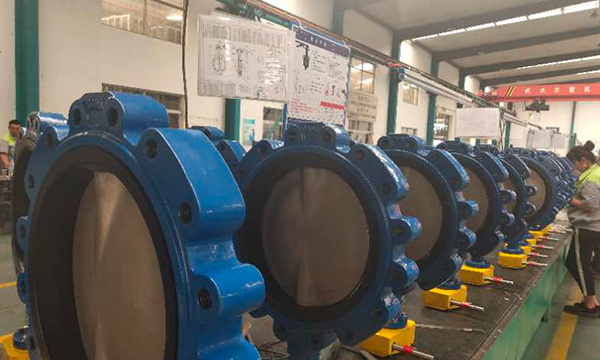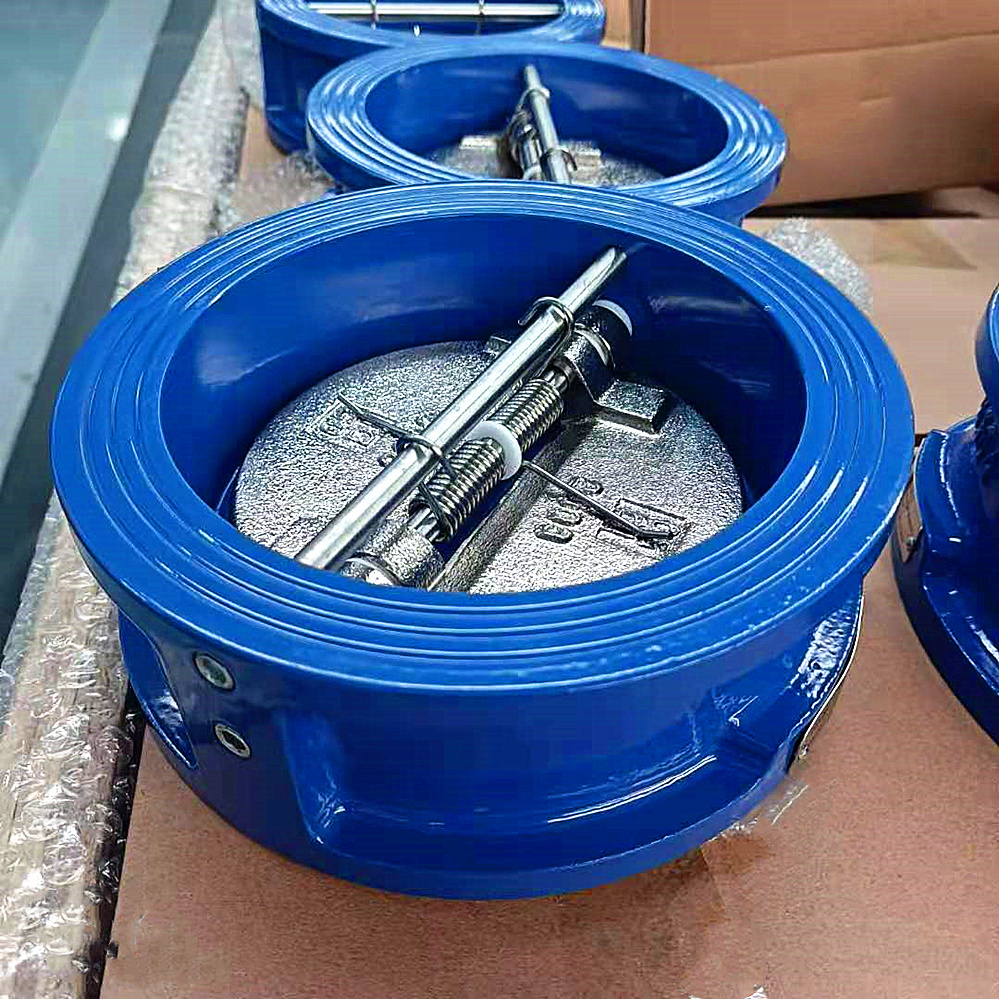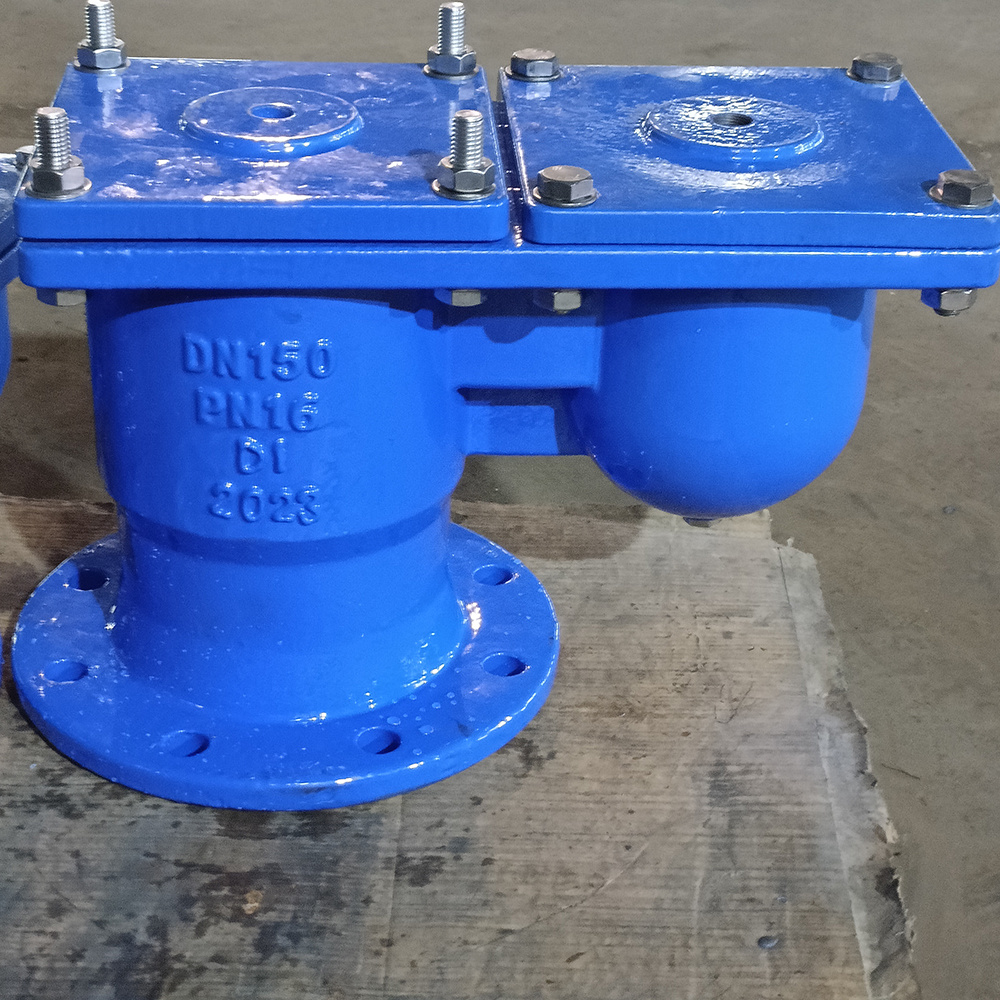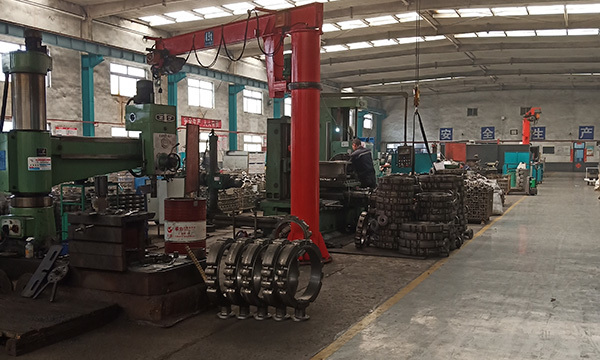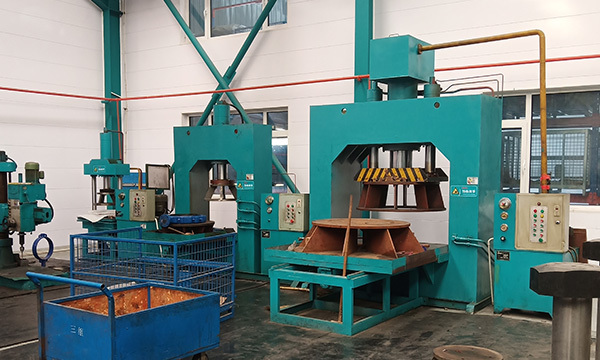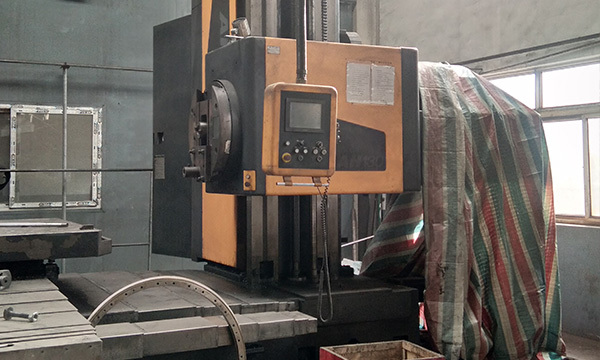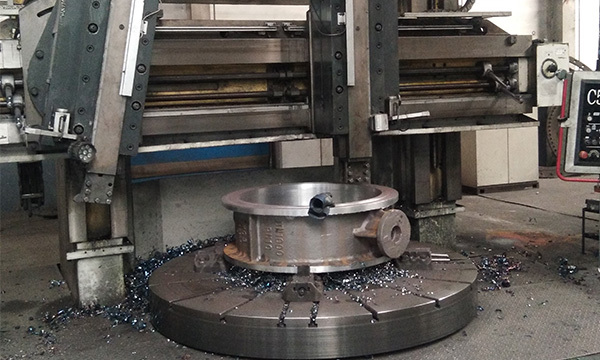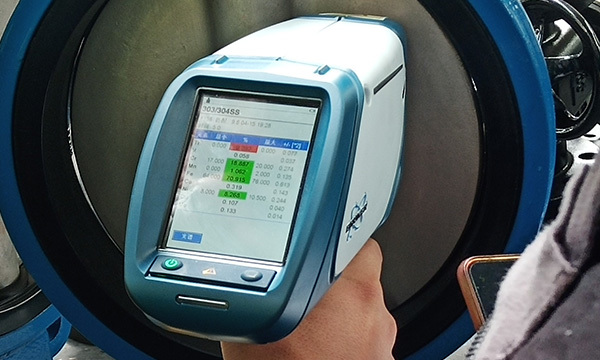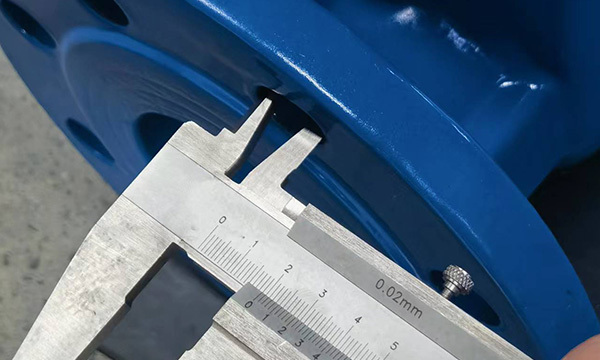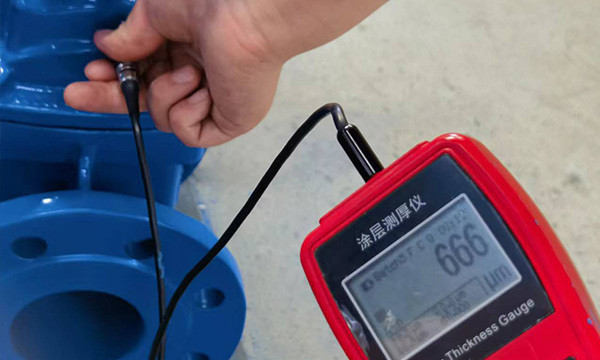Understanding the Role and Benefits of Wafer Butterfly Valves in Industrial Applications
2025-05-16
Wafer butterfly valves are crucial components in various industrial applications, designed to regulate and control the flow of fluids and gases. These valves are distinct from traditional butterfly valves due to their compact design and mounting style, which incorporates a wafer-like disc between two flanges. The unique structure enables wafer butterfly valves to offer a range of benefits, making them an attractive option for many industries.
One of the primary advantages of wafer butterfly valves is their space-saving design. Unlike other valve types, which may require additional space for installation and operation, wafer butterfly valves can be easily integrated into existing piping systems. This feature is particularly valuable in environments where space is limited or where weight reduction is a priority, such as in chemical processing and water treatment facilities.
In terms of performance, wafer butterfly valves provide excellent flow control. The valve's disc can rotate 90 degrees, allowing for quick and efficient opening and closing. This feature facilitates precise flow regulation, which is essential in applications where maintaining specific pressure conditions is critical. Additionally, the design of wafer butterfly valves reduces turbulence and pressure drop, ensuring a smooth flow of materials through the system.
Another noteworthy aspect of wafer butterfly valves is their versatility. They can be constructed from various materials, including stainless steel, cast iron, and plastic, making them suitable for a wide range of applications, from handling corrosive substances to regulating water flow in municipal systems. Their ability to operate effectively in high-pressure and high-temperature environments further enhances their usability across different industries.
Maintenance is also a significant consideration for industrial equipment. Wafer butterfly valves typically require minimal maintenance due to their simple design and fewer moving parts. Regular inspections can ensure that these valves continue to function optimally, reducing downtime and associated costs. Furthermore, many wafer butterfly valves are equipped with seat materials that resist wear and tear, extending their lifespan even in demanding conditions.
In summary, wafer butterfly valves are a valuable addition to the industrial equipment sector, offering a combination of space efficiency, performance, versatility, and low maintenance. Their role in regulating fluid flow and pressure makes them indispensable for various applications, from chemical processing to wastewater management. Understanding the benefits and characteristics of wafer butterfly valves can empower researchers and professionals to make informed decisions when selecting the appropriate valve for their specific needs.
One of the primary advantages of wafer butterfly valves is their space-saving design. Unlike other valve types, which may require additional space for installation and operation, wafer butterfly valves can be easily integrated into existing piping systems. This feature is particularly valuable in environments where space is limited or where weight reduction is a priority, such as in chemical processing and water treatment facilities.
In terms of performance, wafer butterfly valves provide excellent flow control. The valve's disc can rotate 90 degrees, allowing for quick and efficient opening and closing. This feature facilitates precise flow regulation, which is essential in applications where maintaining specific pressure conditions is critical. Additionally, the design of wafer butterfly valves reduces turbulence and pressure drop, ensuring a smooth flow of materials through the system.
Another noteworthy aspect of wafer butterfly valves is their versatility. They can be constructed from various materials, including stainless steel, cast iron, and plastic, making them suitable for a wide range of applications, from handling corrosive substances to regulating water flow in municipal systems. Their ability to operate effectively in high-pressure and high-temperature environments further enhances their usability across different industries.
Maintenance is also a significant consideration for industrial equipment. Wafer butterfly valves typically require minimal maintenance due to their simple design and fewer moving parts. Regular inspections can ensure that these valves continue to function optimally, reducing downtime and associated costs. Furthermore, many wafer butterfly valves are equipped with seat materials that resist wear and tear, extending their lifespan even in demanding conditions.
In summary, wafer butterfly valves are a valuable addition to the industrial equipment sector, offering a combination of space efficiency, performance, versatility, and low maintenance. Their role in regulating fluid flow and pressure makes them indispensable for various applications, from chemical processing to wastewater management. Understanding the benefits and characteristics of wafer butterfly valves can empower researchers and professionals to make informed decisions when selecting the appropriate valve for their specific needs.
Wafer butterfly valve


